Some days I’m feeding tortoises…
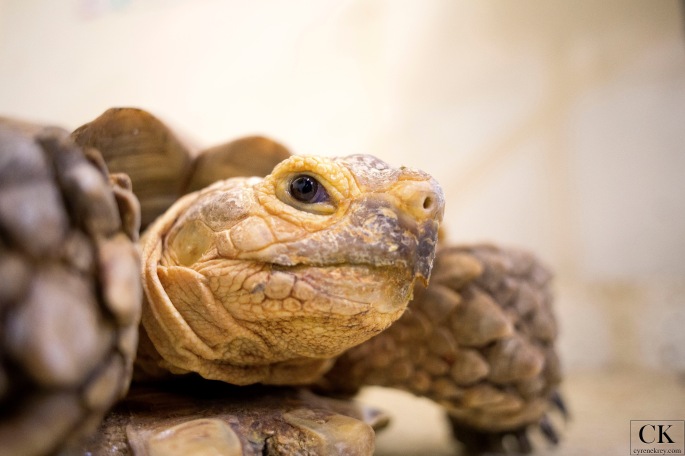
…some days I’m doing educational programs…
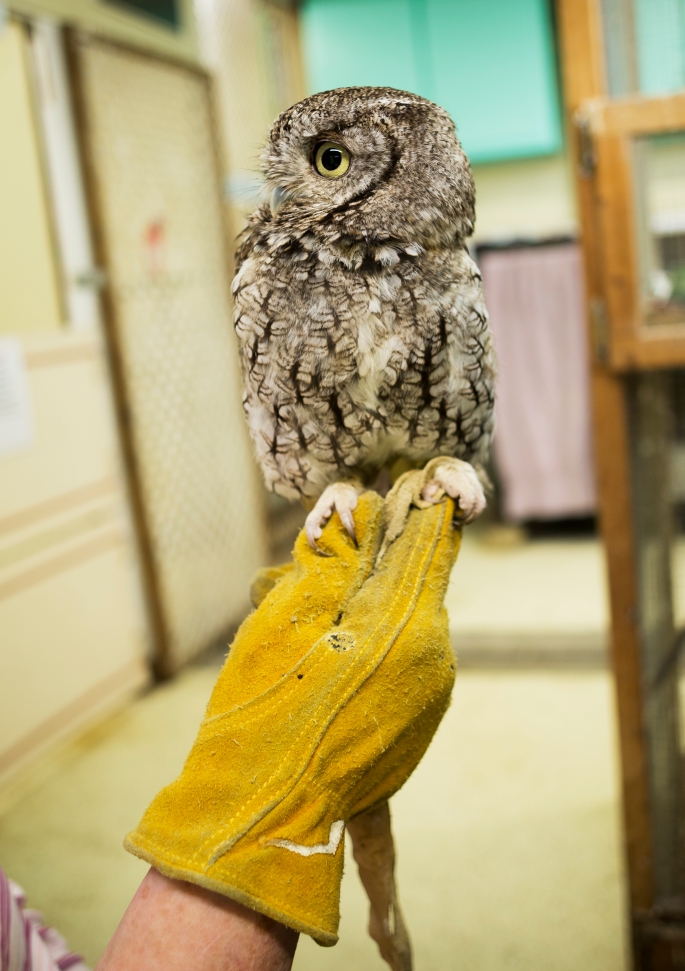
…and other days I’m petting cats!
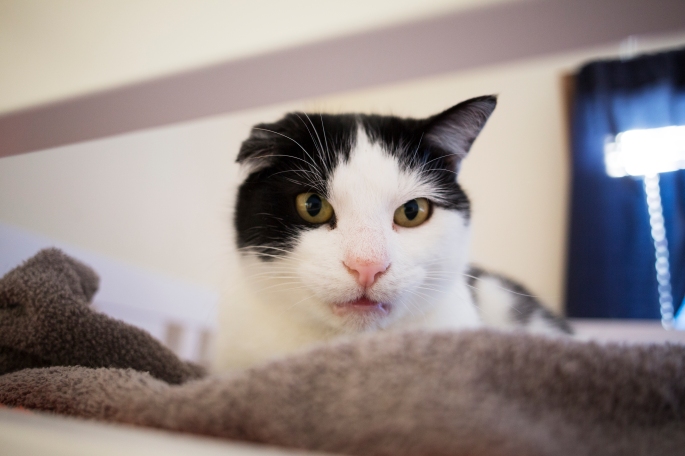

Some days I’m feeding tortoises…

…some days I’m doing educational programs…

…and other days I’m petting cats!

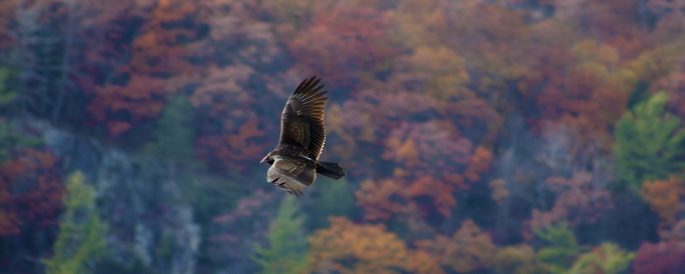
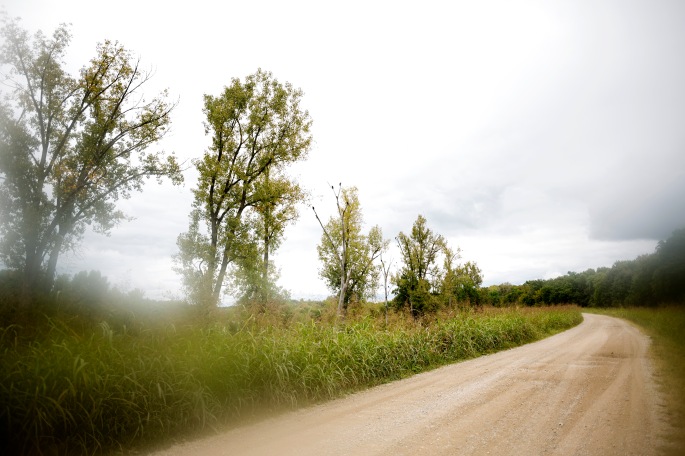
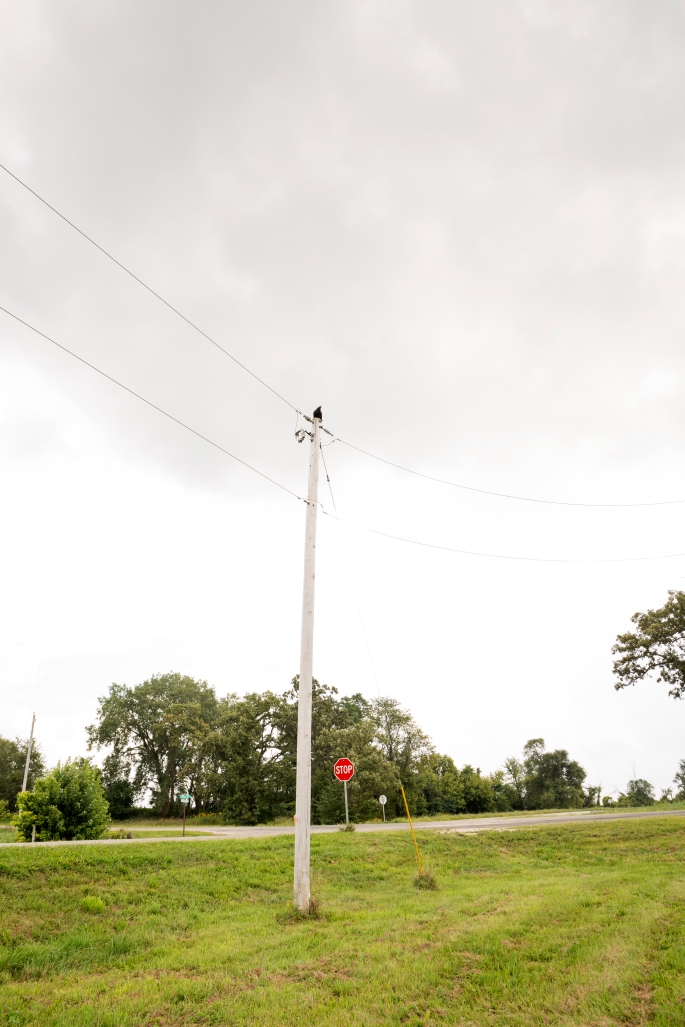
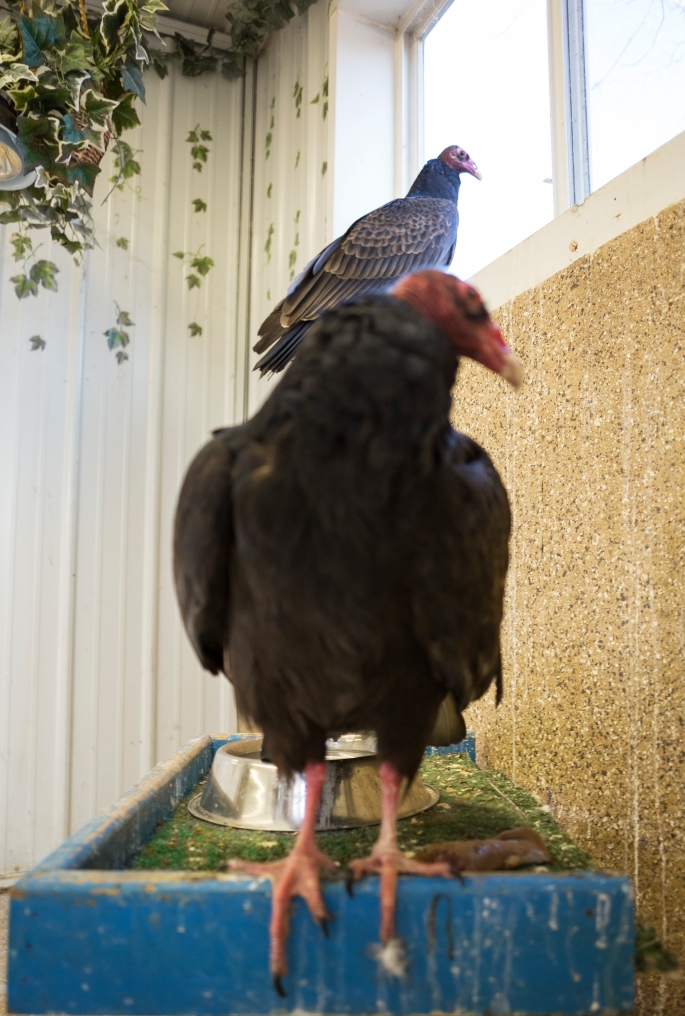
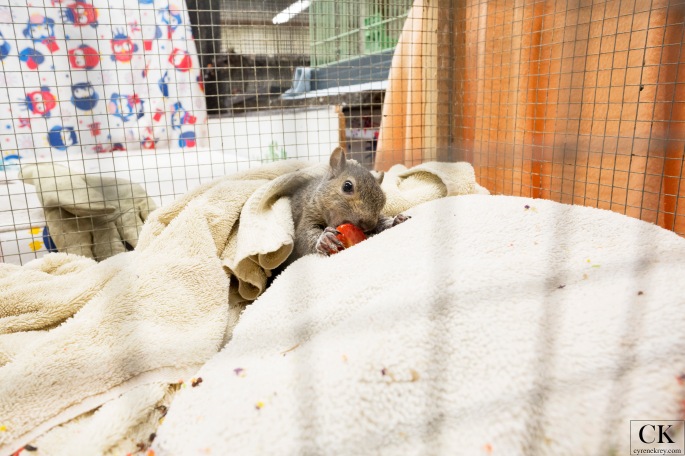
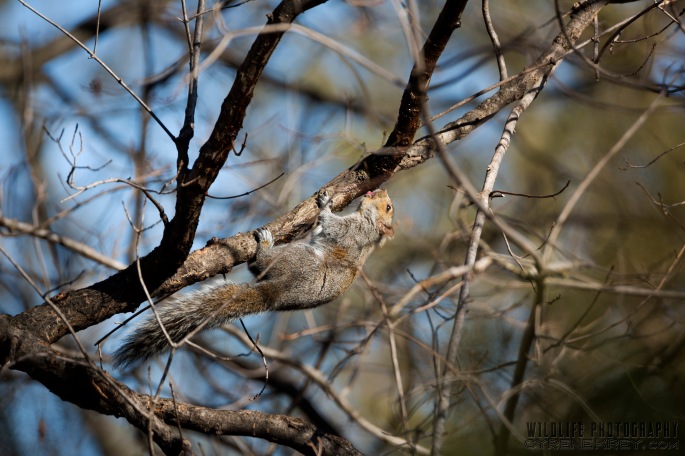
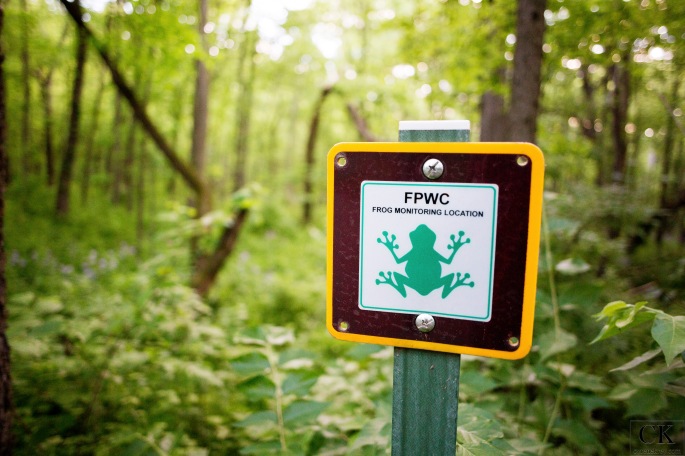
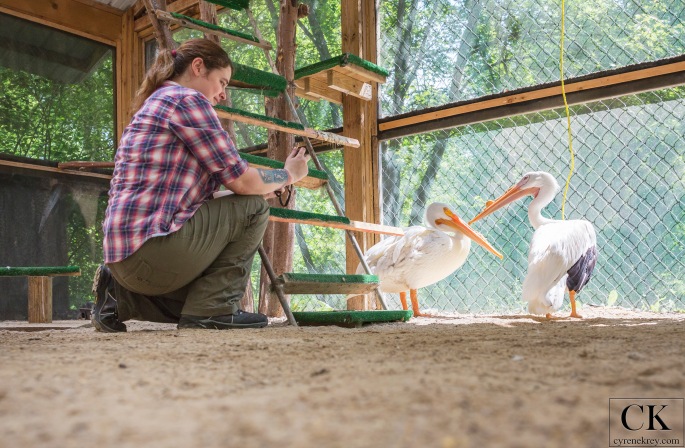
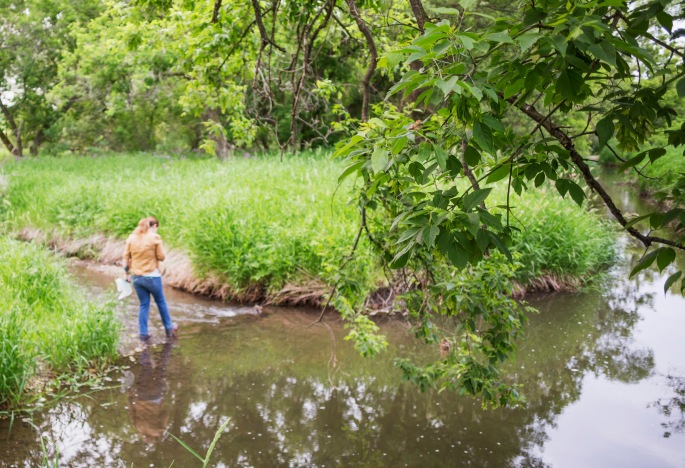
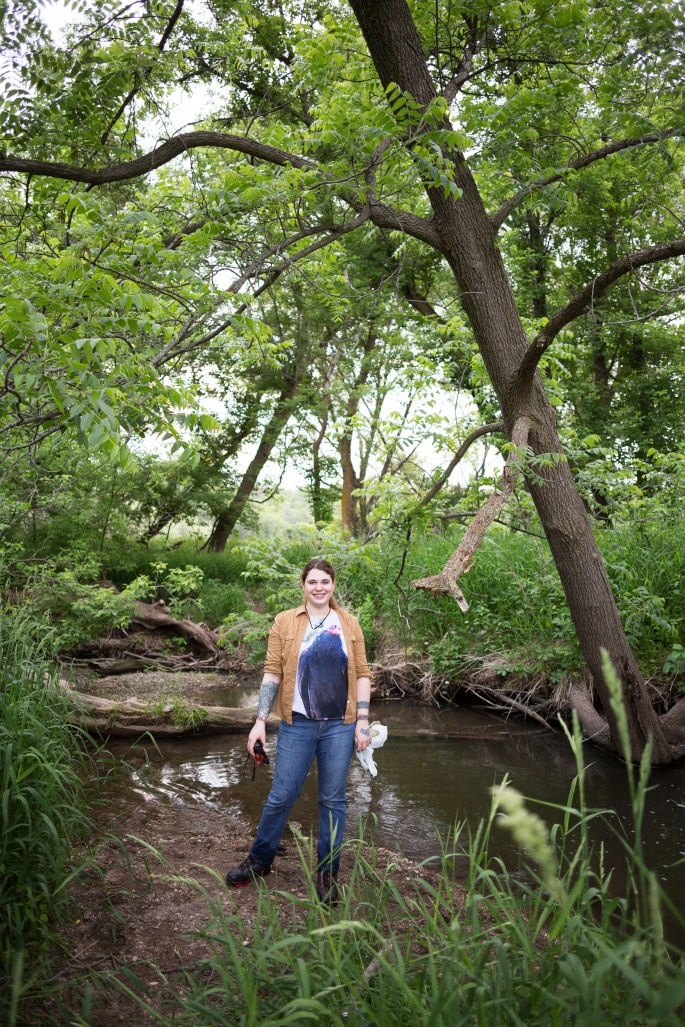
If you would like to see what I’m doing for nature and how you can also help, check out Preserving the Future on my website. If you love that awesome turkey vulture shirt I’m wearing, go buy your own turkey vulture themed merchandise here!
I like to take photos of the critters I work with at the rehab center. But there’s so much work to be done that often I’m too tired after a full shift. So what I do instead is go on for a mini-shift on a day I usually have off. It’s a decent exchange: a couple extra hours of work from me for a chance to photograph my furry, feathery, and scaly friends. Nobody minds that you’re snapping a few photos if you’re making their shifts shorter.
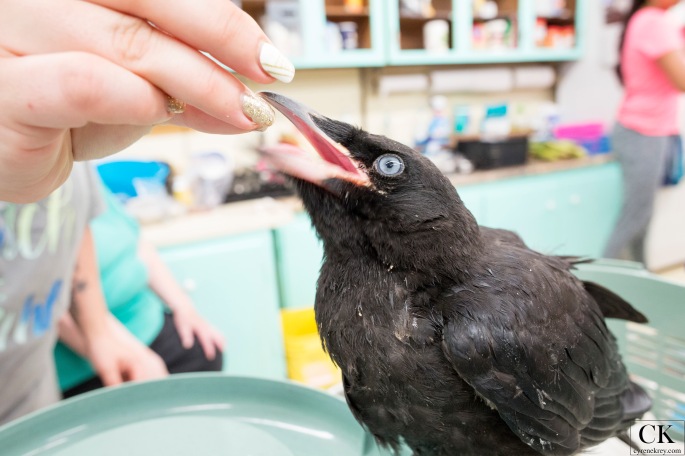


I guess if I’m a crow whisperer, I guess I may as well be a snake whisperer too!
One of the interns was a little nervous about one of our snakes. She’s a little persnickety (the snake, not the intern) and gets a little impatient for food. Sometimes she’ll bite people if they’re not feeding her fast enough. So the intern asked if I would take care of it. Since I adore all our snakes, I happily agreed.
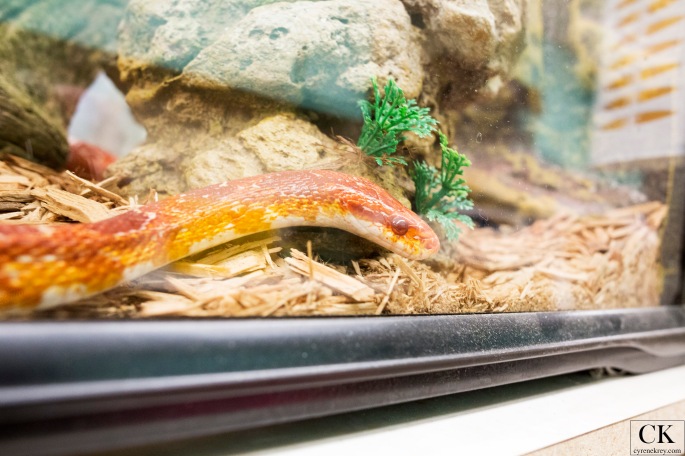
The little terror was leaning against the door, so as soon I opened it up, she slipped right into my arms. I wrapped her around my neck, cleaned her enclosure, put her back, and fed her. The intern was a bit impressed, both that I didn’t get bitten and at how comfortable I was handling such a little beast. She jokingly called me the snake whisperer.
Really, I just know all about being hangry too.
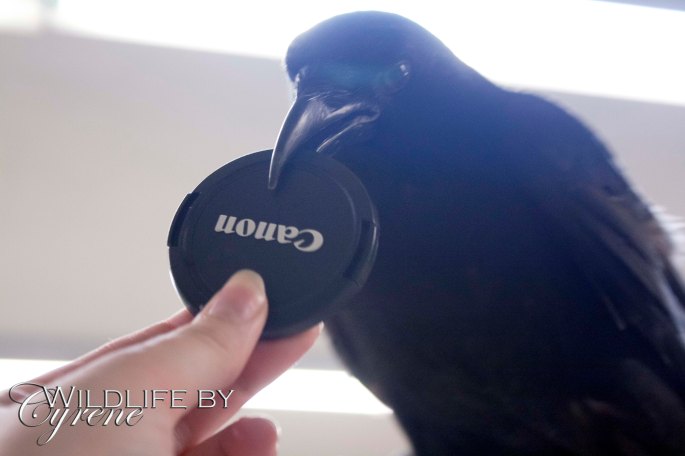
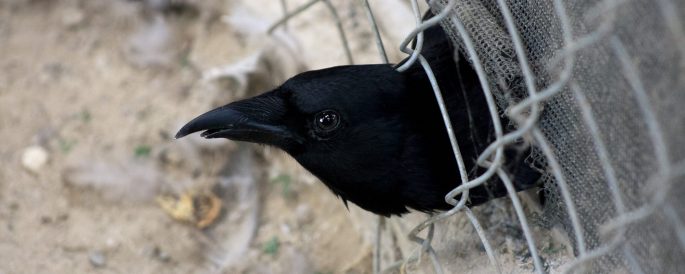
I tend to forget how interesting what I do actually is. Sometimes it’s easy to get so caught up in a “routine” that we forget how exciting our everyday lives can be. This happened to me a few weeks ago and I recently was reminded of it.
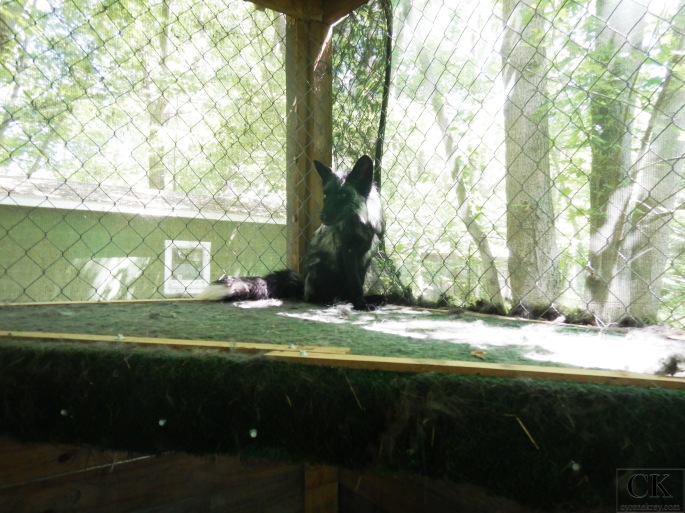
While I was helping a newer volunteer clean out the foxes, he mentioned that they made him a little nervous. He hadn’t been there for very long, and foxes tend to be on the animals that people get a little cautious around when starting out at the rehab center. So it was completely understandable.
While I don’t throw caution to the wind around the animals, I do tend to feel pretty comfortable around them. Some of that is time, I’ve been volunteering at Hoo Haven for three years now, but part of it is also just these are my people. Some days, I really feel like I understand the foxes and other critters better than I understand my own (human) family (and by some days I of course mean most days).
The first fox pen has two foxes. The younger one came in with an injury requiring surgery and is making a speedy recovery. She’ll hopefully be released back into the wild soon. The other is an adult named Digger who has been with us since she was quite young. Because of some eye issues, she isn’t eligible for release so she’ll live out her life serving as a surrogate to other foxes before their release.
The young one is pretty skittish and runs off whenever someone comes into the enclosure but Digger usually doesn’t. She’s somewhat social with humans, generally picking out the people she knows and likes and playing with them. With me, she likes to have her chest scratched. So of course, one of the first things I do is go over to her, say hi, and start scratching her chest just the way she likes.
Then I was called “awesome” by the newer volunteer for being so comfortable with her to do this. I just laughed, explained that I’d known her since she was a baby, and assured him that it just takes time to get to know the animals. It’s one of the great things about being a regular volunteer at a rehab center. You get special privileges with the animals. Not because the staff allow it, but because the critters do.
Check out my website for more of my other adventures and photography at www.cyrenekrey.com! Also, be sure to follow my new adventure project on Instagram at www.instagram.com/therenegademermaid! I’m a small business owner, so your support is always valued 🙂
Working with animals doesn’t realistically give you days off. At home, I don’t get any days off with a house full of rescue critters. When I go into the rehab center, at least I know if I’m sick or my car breaks down that there will be other people there to pick up the slack. But unless there’s some sort of serious issue, I’m not taking time off and this might mean I have to deal with a bit of discomfort.
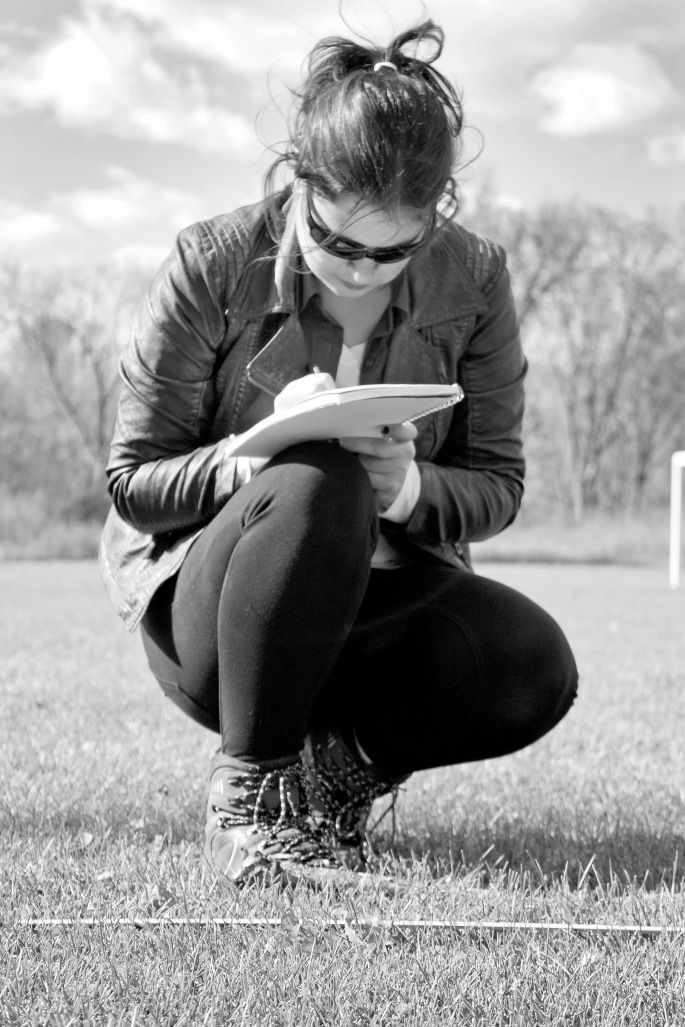
This is especially true right after getting a new tattoo. I also have a few tattoos. I’m currently working on #7 on my right arm (a gorgeous underwater scene). I always do my best to schedule my appointments to avoid my rehab shifts and periods of extra busyness. But sometimes, the healing takes a little bit longer than anticipated. After my second session on this particular piece, my arm was more swollen than usual and for a couple days longer than normal.
I’ve been hoping for some warmer weather for quite a while now and Mother Nature decided to grace us with an especially hot day when I had to go in to volunteer with a swollen, still healing arm. Which meant long sleeves for me! Thanks MN ;p No worries though! I was able to keep my arm clean and covered during my shift and it’s healing up nicely. But I was very warm and uncomfortable during my (thankfully short) shift.
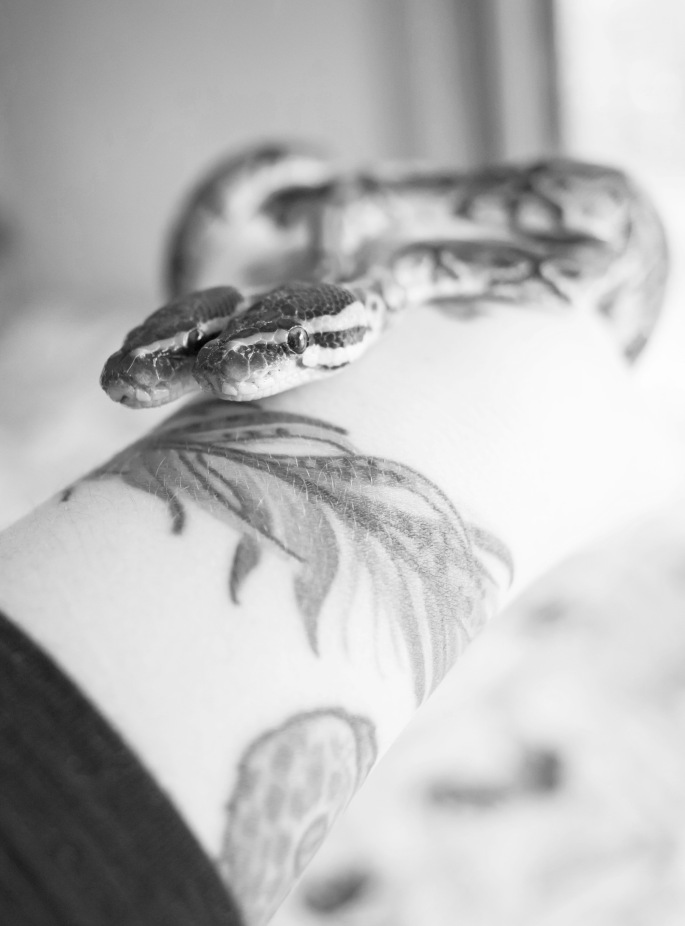
Just a few general pointers for anyone who might be thinking about getting a tattoo while working in somewhat unsanitary conditions:
These tips are based on my own personal experience. You should always consult with your tattoo artist and follow their advice. If you’re worried about an infection, talk to a doctor. Common sense goes a long way.
It can definitely make working a bit more challenging or uncomfortable, but people get tattoos all the time in every different field so it’s absolutely doable if you’re smart and safe.
Now that it’s baby season, there are a lot of of babies at the rehab center! But even though they’re babies, they aren’t necessarily small, friendly, or safe to handle without gloves.
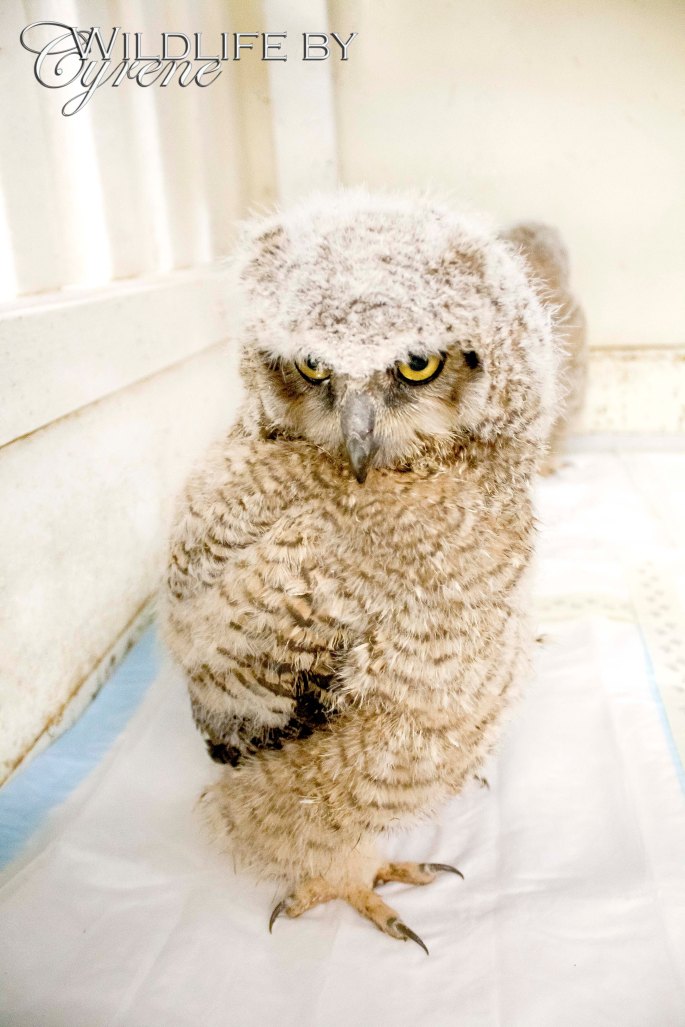
Case in point. Baby owls for some species are not small. In fact, they can be the size of adults in just over a month. They still look adorable because they don’t have their grown up feathers yet, but they can do some damage if you’re not careful.
I threw on a pair of thick gloves and went over to the enclosure the baby owl was being moved from. He had been placed in there temporarily because it was available, but was already too big to stay in there for very long so he was being moved to a larger enclosure. As soon as I opened the door, he started screaming bloody murder!
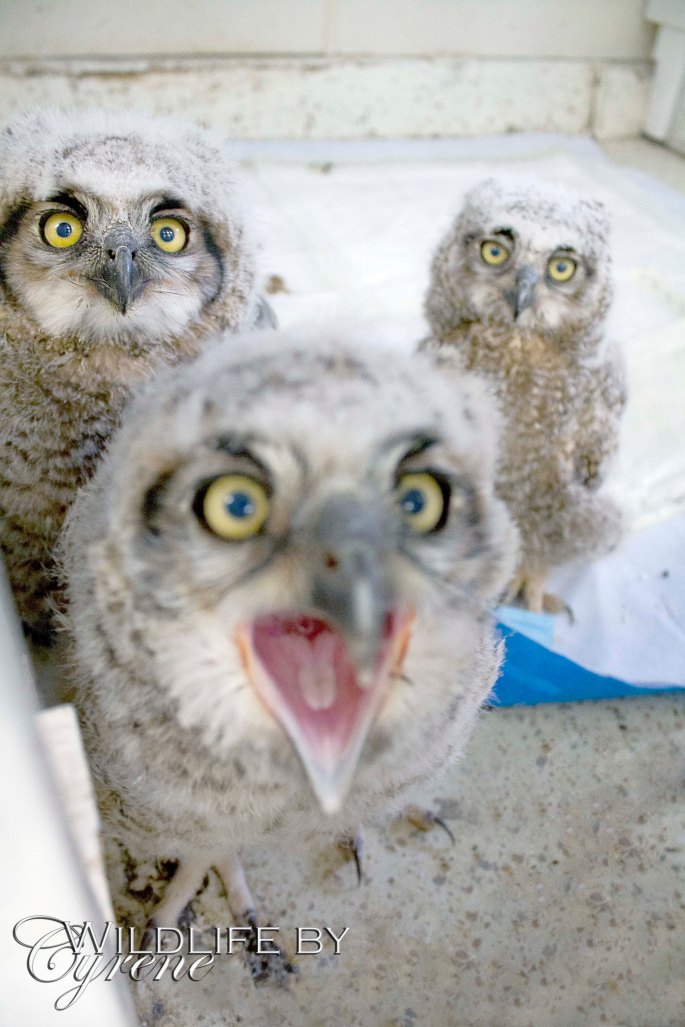
And as soon as I reached down to pick him up, he started biting at me. This is why we wear gloves. I moved the screeching, screaming, loud-mouthed baby owl into his new larger enclosure. Thankfully, he didn’t manage to get me with his beak or talons but he came close a couple of times and he was LOUD! It gave the other volunteers a bit of a chuckle and he quieted right down once he was in his new enclosure and I had left. He certainly didn’t complain nearly as loudly though when I came back a few minutes later with his food!